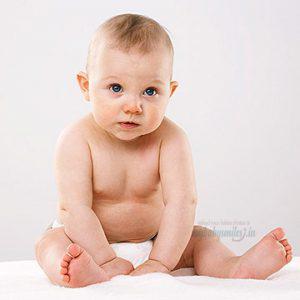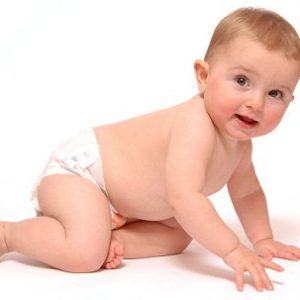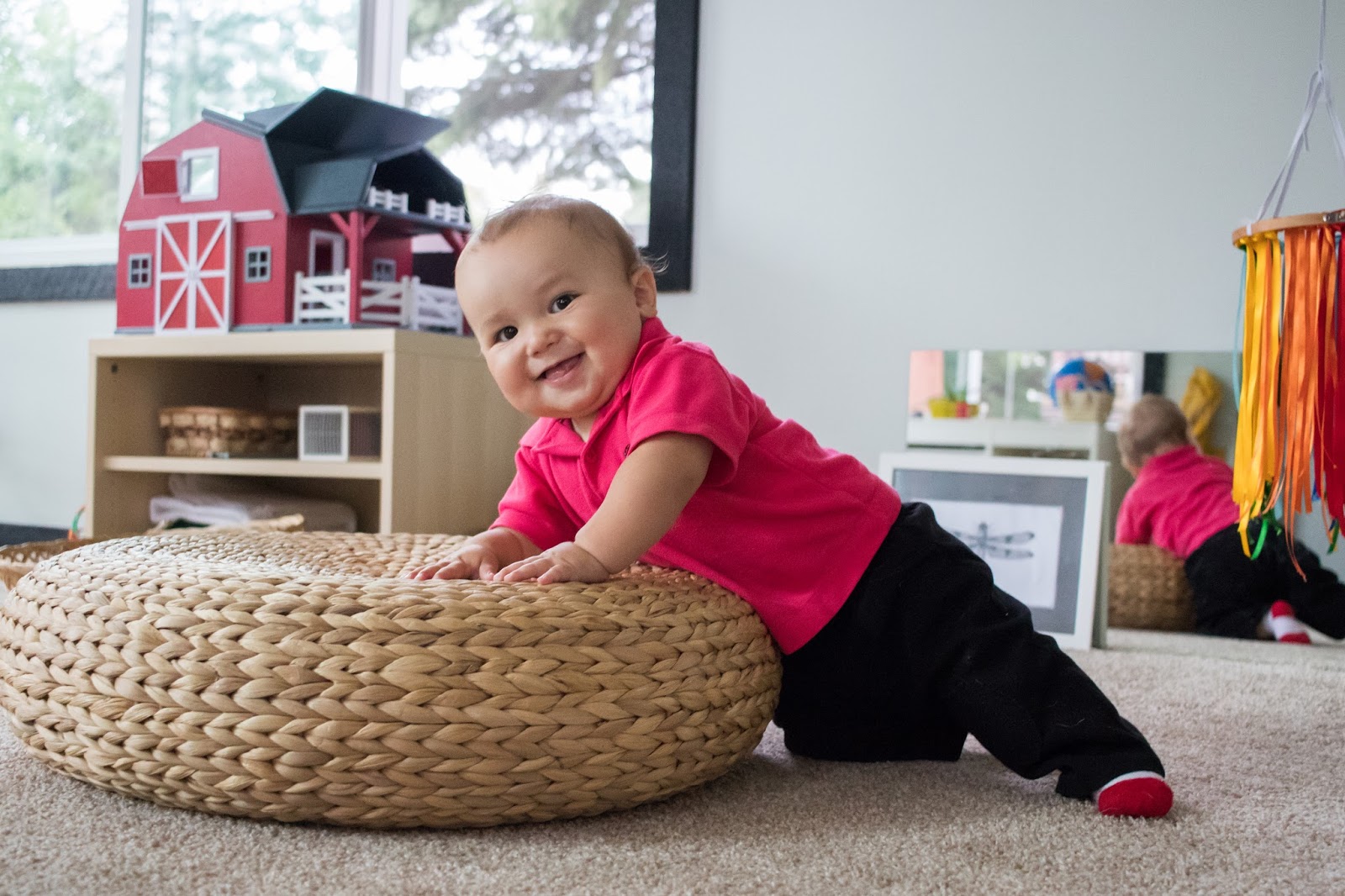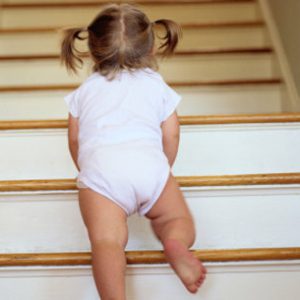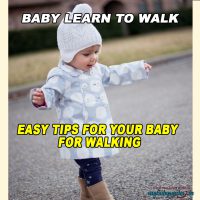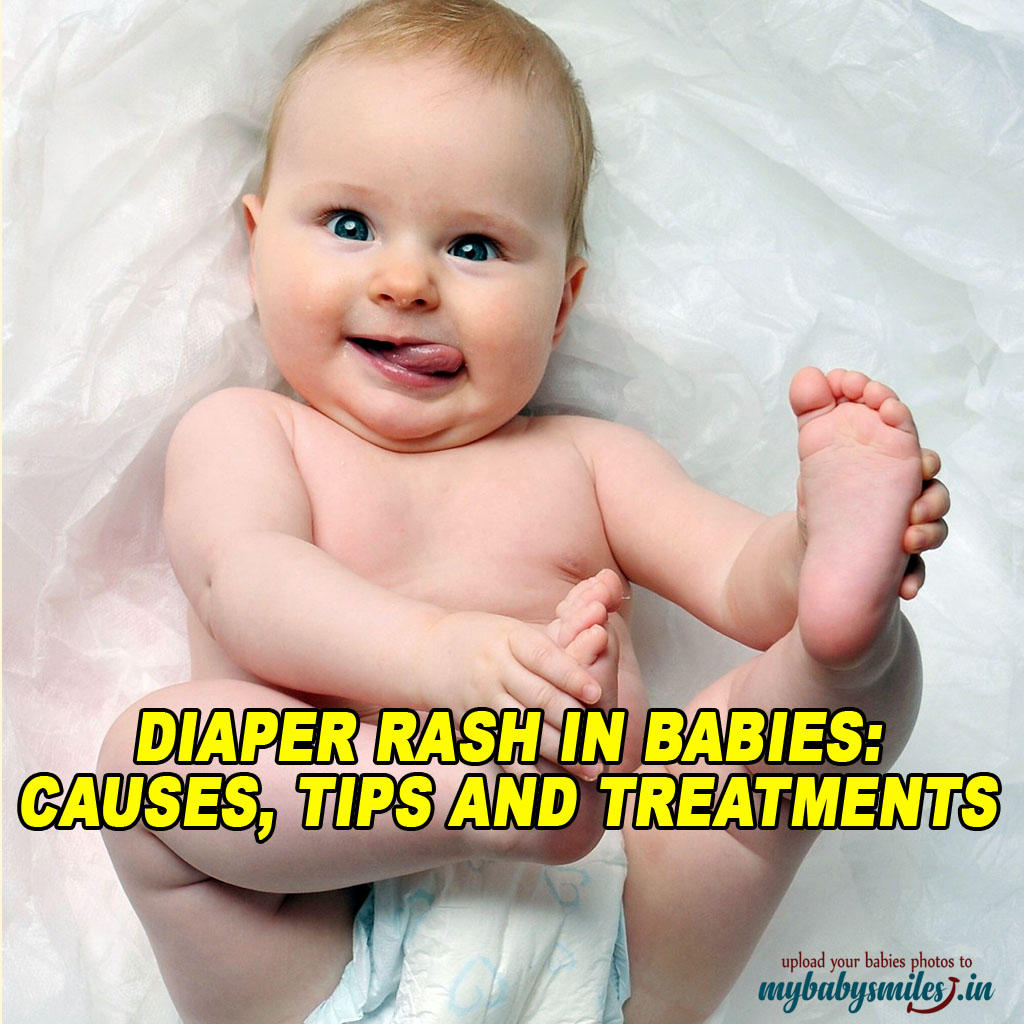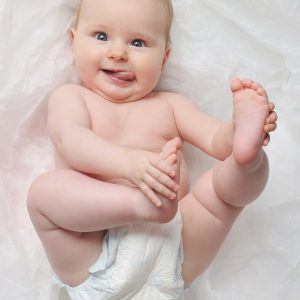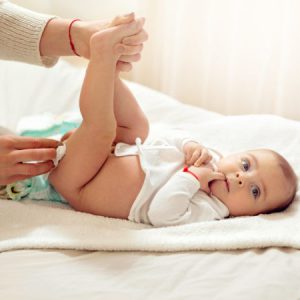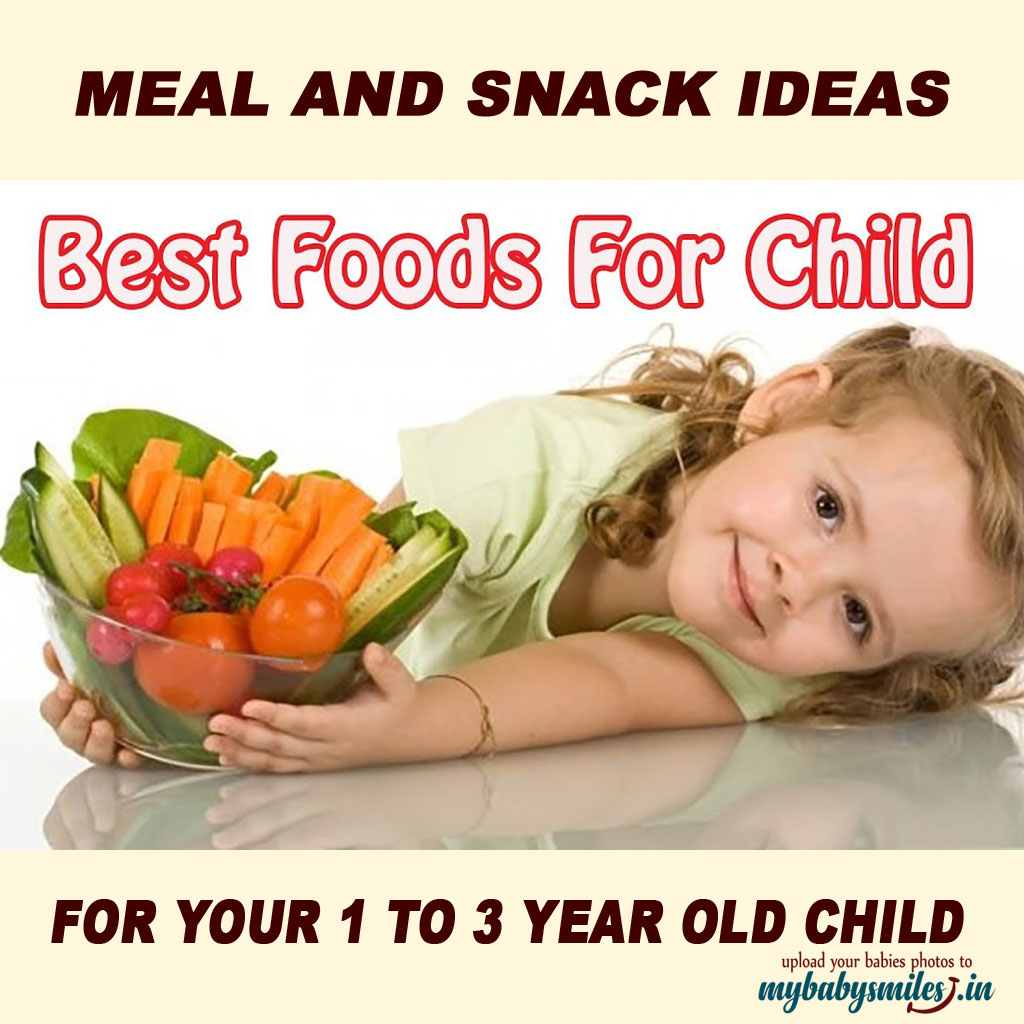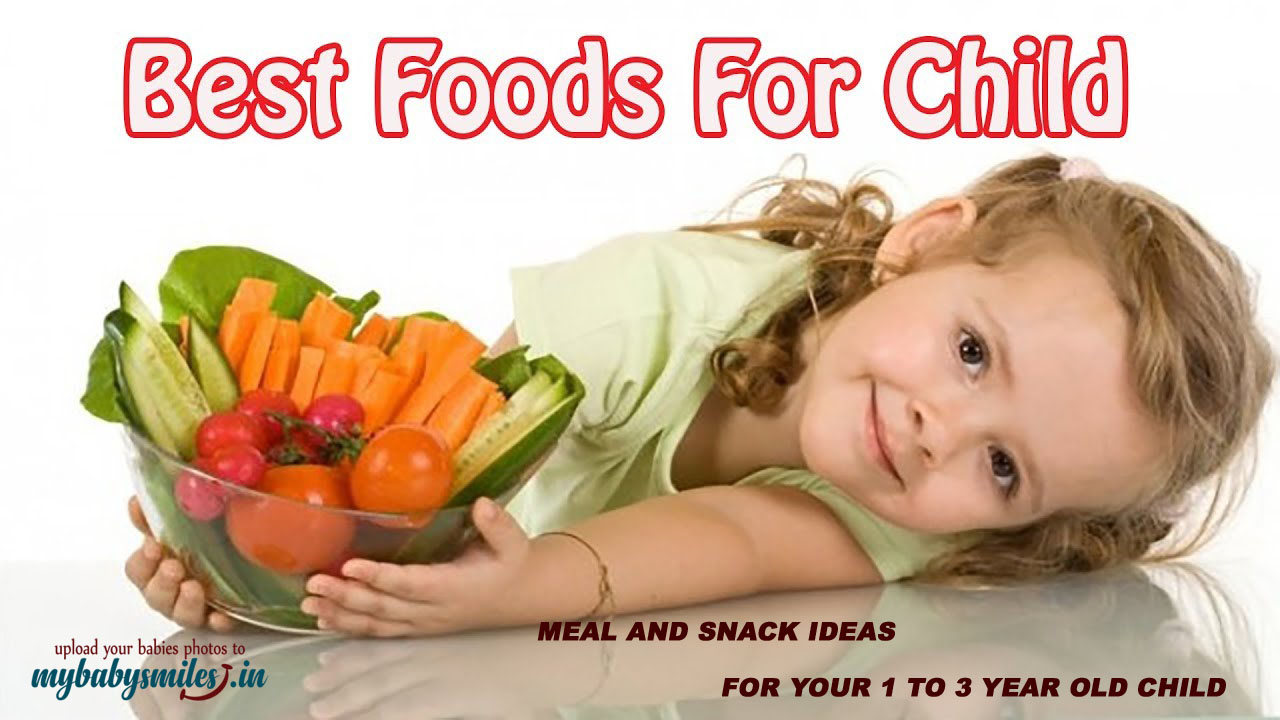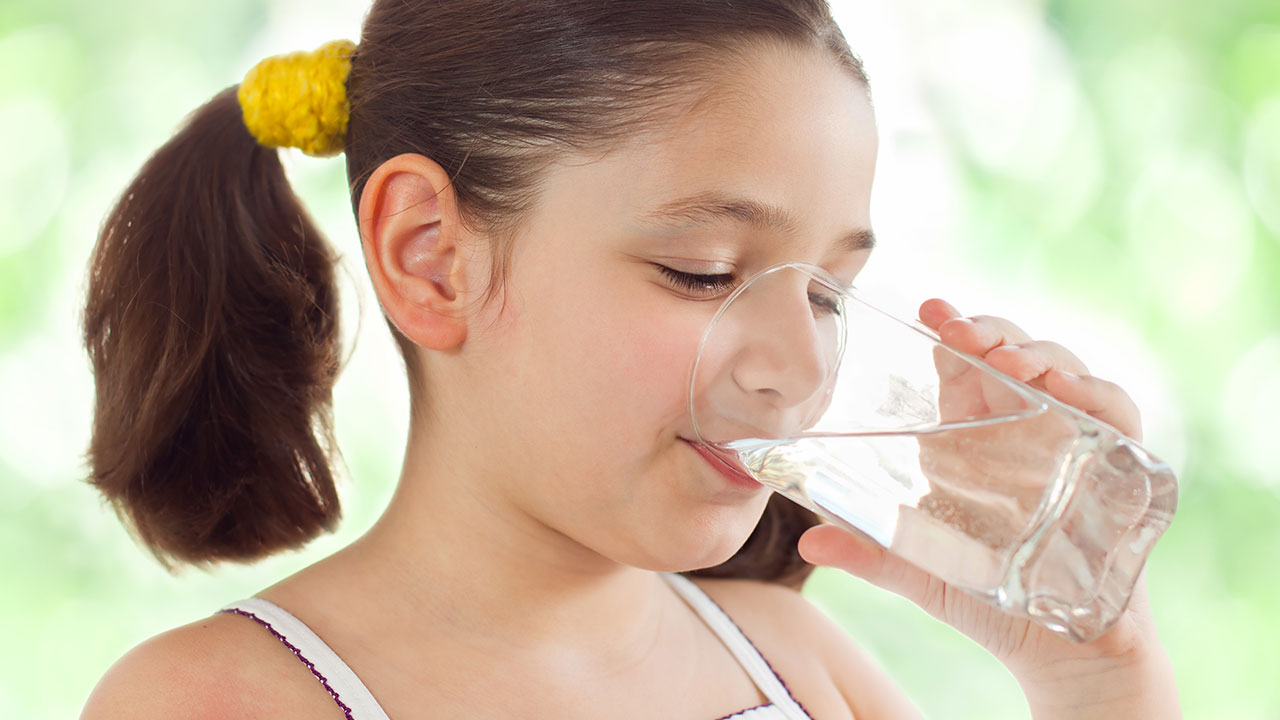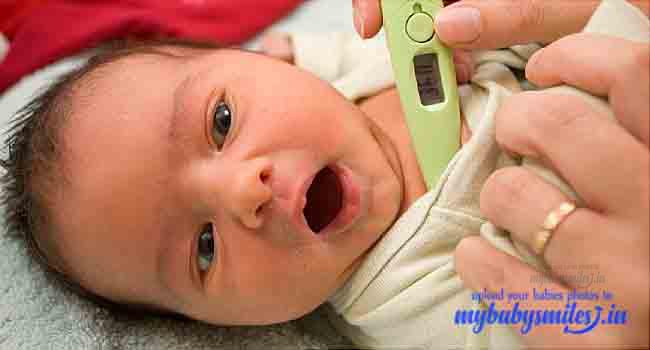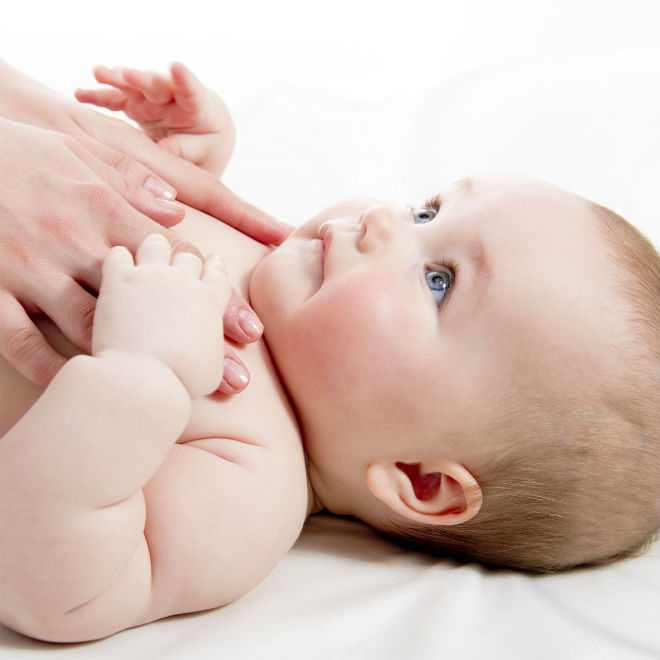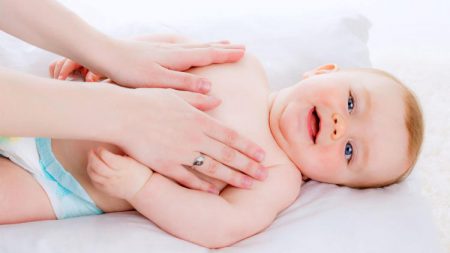Breastfeeding
11 Benefits of Breastfeeding for Both Mom and Baby
Breastfeeding is a healthy procedure for both mom and the kids. Breast milk gives optimal nutrition to babies.
It has the perfect measure of nutrients, is effectively processed and promptly accessible.
In any case, the rate of breastfeeding is as low as 30% in certain gatherings of ladies.
Breast milk contains Vitamin D in it. It helps the development of the baby.
While a few ladies can’t breastfeed, others basically decide not to.
However studies show breastfeeding has significant medical advantages, for both the mother and her baby.
Here are 11 science-based advantages of breastfeeding.
Advantages 1–5 are for babies, yet 6–11 are for moms.
1. Breast Milk Provides Ideal Nutrition for Babies
Most health authorities suggest exclusive breastfeeding for at any rate a half year.
Kept breastfeeding is then suggested for in any event one year, as various nourishments are brought into the infant’s eating regimen.
Breast milk contains everything the child requirements for the initial a half year of life, in quite a few extents. Its structure even changes as per the child’s evolving needs, particularly during the primary month of life.
During the main days after birth, the breast produce a thick and yellowish liquid called colostrum. It’s high in protein, low in sugar and stacked with valuable mixes.
Colostrum is the perfect first milk and enables the infant’s juvenile stomach related tract to create. After the initial scarcely any days, the breast begin delivering bigger measures of milk as the child’s stomach develops.
About the main thing that might be missing from breast milk is Vitamin D. Except if the mother has a high admission, her breast milk won’t give enough.
To make up for this inadequacy,Vitamin D drops are generally suggested from the age of 2 a month.
2. Breast Milk Contains Important Antibodies
Breast milk is stacked with antibodies that help your child fend off infections and microorganisms.
This especially applies to colostrum, the principal milk.
Colostrum gives high measures of immunoglobulin An (IgA), just as a few different antibodies.
At the point when the mother is presented to infections or microscopic organisms, she begins delivering antibodies.
These antibodies are then discharged into the breast milk and went to the infant during feeding.
IgA shields the infant from becoming ill by framing a defensive layer in the child’s nose, throat and stomach related framework.
Therefore, breastfeeding moms with this season’s cold virus may really give their children antibodies that assist them with battling the pathogen that is causing the ailment.
Nonetheless, if you are ill, you should always practice strict hygiene. Wash your hands often and try to avoid infecting your baby.
Equation doesn’t give immune response insurance to babies. Various investigations show that children who are not breastfed are progressively helpless against medical problems like pneumonia, looseness of the bowels and disease.
3. Breastfeeding May Reduce Disease Risk
Breastfeeding has a noteworthy rundown of medical advantages. This is especially valid for elite Believed Source breastfeeding, implying that the baby gets just breast milk.
It might diminish your infant’s danger of numerous sicknesses and infections, including:
Center ear diseases: at least 3 months of selective breastfeeding may diminish the hazard by half, while any breastfeeding may lessen it by 23% .
Respiratory tract diseases: Restrictive breastfeeding for over 4 months decreases the danger of hospitalization for these infections by up to 72%.
Colds and diseases: Infants only breastfed for a half year may have up to a 63% lower danger of quitting any and all funny business colds and ear or throat infections.
Gut infections: Breastfeeding is connected with a 64% decrease in gut diseases, seen for as long as 2 months subsequent to breastfeeding stops.
Intestinal tissue harm: Bolstering preterm babies breast milk is connected with around a 60% decrease in the occurrence of necrotizing enterocolitis.
Abrupt newborn child demise disorder (SIDS): Breastfeeding is connected to a half diminished hazard following multi month, and a 36% decreased hazard in the principal year.
Unfavorably susceptible sicknesses: Restrictive breastfeeding for in any event 3–4 months is connected with a 27–42% decreased danger of asthma, atopic dermatitis and eczema.
Celiac ailment: Children who are breastfed at the hour of first gluten introduction have a 52% lower danger of creating celiac infection.
Incendiary inside ailment: Infants who are breastfed might be generally 30% less inclined to create youth provocative entrail ailment.
Diabetes: Breastfeeding for in any event 3 months is connected to a diminished danger of type 1 diabetes (up to 30%) and type 2 diabetes (up to 40%).
Youth leukemia: Breastfeeding for a half year or longer is connected with a 15–20% decrease in the danger of youth leukemia.
Notwithstanding diminishing the danger of numerous diseases, breastfeeding has additionally been appeared to fundamentally decrease their seriousness.
Moreover, the defensive impacts of breastfeeding appear to last all through adolescence and even adulthood.
4. Breast Milk Promotes a Healthy Weight
Breastfeeding advances solid weight increase and forestalls youth corpulence.
Studies show that corpulence rates are 15–30% lower in breastfed babies, contrasted with equation sustained infants.
The term is additionally significant, as every long stretch of breastfeeding lessens your youngster’s danger of future corpulence by 4%.
This might be because of the advancement of various gut microbes. Breastfed babies have higher measures of helpful gut microorganisms, which may influence fat stockpiling.
Infants benefited from breast milk additionally have more leptin in their frameworks than equation bolstered babies. Leptin is a key hormone for directing hunger and fat stockpiling.
Breastfed babies likewise self-manage their milk admission. They’re better at eating just until they’ve fulfilled their appetite, which encourages them create good dieting examples.
5. Breastfeeding May Make Children Smarter
A few examinations recommend there might be a distinction in mental health among breastfed and recipe sustained children.
This distinction might be because of the physical closeness, contact and eye to eye connection related with breastfeeding.
Studies demonstrate that breastfed babies have higher insight scores and are less inclined to create issues with conduct and learning as they become more seasoned.
In any case, the most articulated impacts are seen in preterm babies, who have a higher danger of formative issues.
The examination unmistakably shows that breastfeeding has critical beneficial outcomes on their long haul mental health.
6. Breastfeeding May Help You Lose Weight
While a few ladies appear to put on weight during breastfeeding, others appear to easily get thinner.
Despite the fact that breastfeeding expands a mother’s vitality requests by around 500 calories for every day, the body’s hormonal parity is altogether different from ordinary.
Due to these hormonal changes, lactating ladies have an expanded hunger and might be increasingly inclined to putting away fat for milk generation.
For the initial 3 months after conveyance, breastfeeding moms may lose less weight than ladies who don’t breastfeed, and they may even put on weight.
In any case, following 3 months of lactation, they will probably encounter an expansion in fat consuming
Starting around 3–6 months after conveyance, moms who breastfeed have been appeared to lose more weight than moms who don’t breastfeed.
The significant thing to recollect is that diet and exercise are as yet the most significant elements deciding how much weight you will lose, in the case of lactating or not.
7. Breastfeeding Helps the Uterus Contract
During pregnancy, your uterus develops hugely, growing from the size of a pear to occupying nearly the whole space of your guts.
After conveyance, your uterus experiences a procedure called involution, which causes it come back to its past size. Oxytocin, a hormone that increments all through pregnancy, helps drive this procedure.
Your body secretes high measures of oxytocin during work to help convey the infant and decrease dying.
Oxytocin likewise increments during breastfeeding. It energizes uterine withdrawals and decreases dying, helping the uterus come back to its past size.
Studies have likewise indicated that moms who breastfeed commonly have less blood misfortune after conveyance and quicker involution of the uterus.
8. Mothers Who Breastfeed Have a Lower Risk of Depression
Post pregnancy anxiety is a kind of melancholy that can grow not long after labor. It influences up to 15% of moms.
Ladies who breastfeed appear to be more averse to create post pregnancy anxiety, contrasted with moms who wean early or don’t breastfeed.
Notwithstanding, the individuals who experience post pregnancy anxiety ahead of schedule after conveyance are likewise bound to experience difficulty breastfeeding and do as such for a shorter span.
In spite of the fact that the proof is somewhat blended, it’s realized that breastfeeding causes hormonal changes that support maternal providing care and holding.
One of the most articulated changes is the expanded measure of oxytocin delivered during birth and breastfeeding.
Oxytocin seems to have long haul against tension impacts. It additionally supports holding by influencing explicit cerebrum locales that advance sustaining and unwinding.
These impacts may likewise mostly clarify why breastfeeding moms have a lower pace of maternal disregard, contrasted with the individuals who don’t breastfeed.
One investigation found that the pace of maternal youngster misuse and disregard was right around multiple times higher for moms who didn’t breastfeed, contrasted with the individuals who did.
On that note, remember that these are just factual affiliations. Not breastfeeding doesn’t imply that you will disregard your child in any capacity.
9. Breastfeeding Reduces Your Disease Risk
Breastfeeding appears to give the mother long haul security against malignant growth and a few infections.
The complete time a lady goes through breastfeeding is connected with a decreased danger of breast and ovarian malignancy.
Actually, ladies who breastfeed for over a year during their lifetime have a 28% lower danger of both breast and ovarian disease. Every time of breastfeeding is related with a 4.3% reduction in bosom malignancy chance.
Ongoing investigations additionally demonstrate that breastfeeding may secure against metabolic disorder, a gathering of conditions that expansion the danger of coronary illness and other medical issues.
Ladies who breastfeed for 1–2 years over their lifetime have a 10–half lower danger of hypertension, joint pain, high blood fats, coronary illness and type 2 diabetes.
10. Breastfeeding May Prevent Menstruation
Kept breastfeeding additionally delays ovulation and feminine cycle.
The suspension of menstrual cycles may really be nature’s method for guaranteeing there is some time between pregnancies.
A few ladies have even utilized this wonder as conception prevention for the initial scarcely any months after conveyance.
In any case, note this may not be a totally viable technique for conception prevention.
You may think about this change as an additional advantage. While you’re getting a charge out of valuable time with your infant, you won’t need to stress over “that time.”
11. It Also Saves Time and Money
To top the rundown, breastfeeding is totally free and requires almost no exertion.
By deciding to breastfeed, you won’t need to:
Burn through cash on equation.
Compute how much your child needs to drink day by day.
Invest energy cleaning and disinfecting bottles.
Blend and heat up bottles in the night (or day).
Make sense of approaches to heat up bottles while in a hurry.
Breast milk is consistently at the correct temperature and prepared to drink.
Read:
Bedwetting In Children: Causes And Home Remedies
